Guaranteed Delivery
by Mother’s Day
on orders placed through May 2
Guaranteed Delivery by Mother’s Day
on orders placed through May 2
on orders placed through May 2
on orders placed through May 2
SAVE 15% OFF your order
(Use code LOVE)
FREE SHIPPING when you spend $100 (Continental US Only)
FREE 9″ Beech Bowl when you spend $150 (Use code SPRING)
SAVE 15% on all orders (Use code LOVE)
FREE SHIPPING when you spend $100 (Continental US Only)
FREE 9″ Beech Bowl when you spend $150 (Use code SPRING)
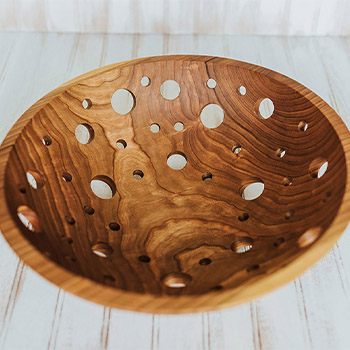
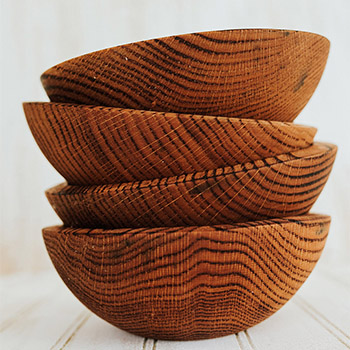
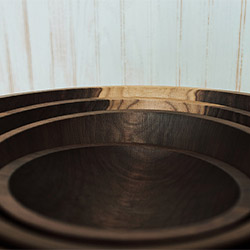
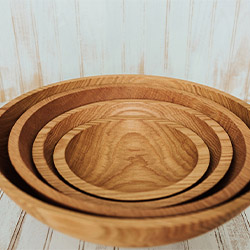
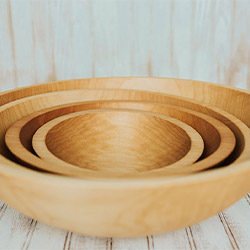
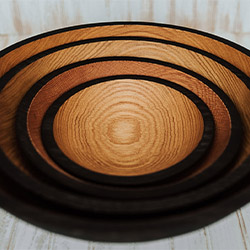
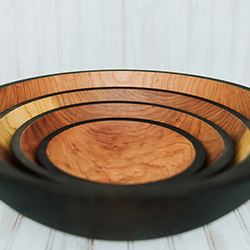
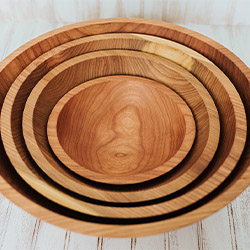
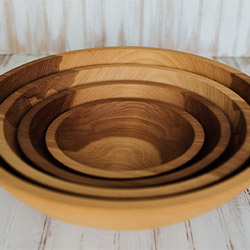
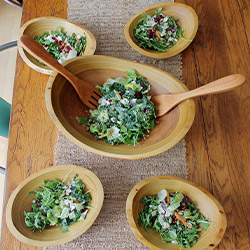

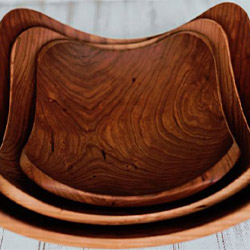
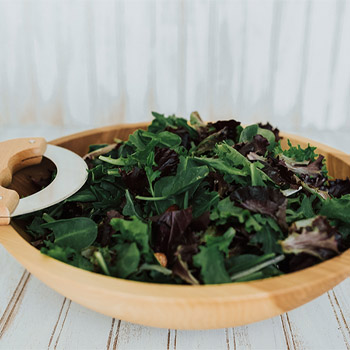

Share
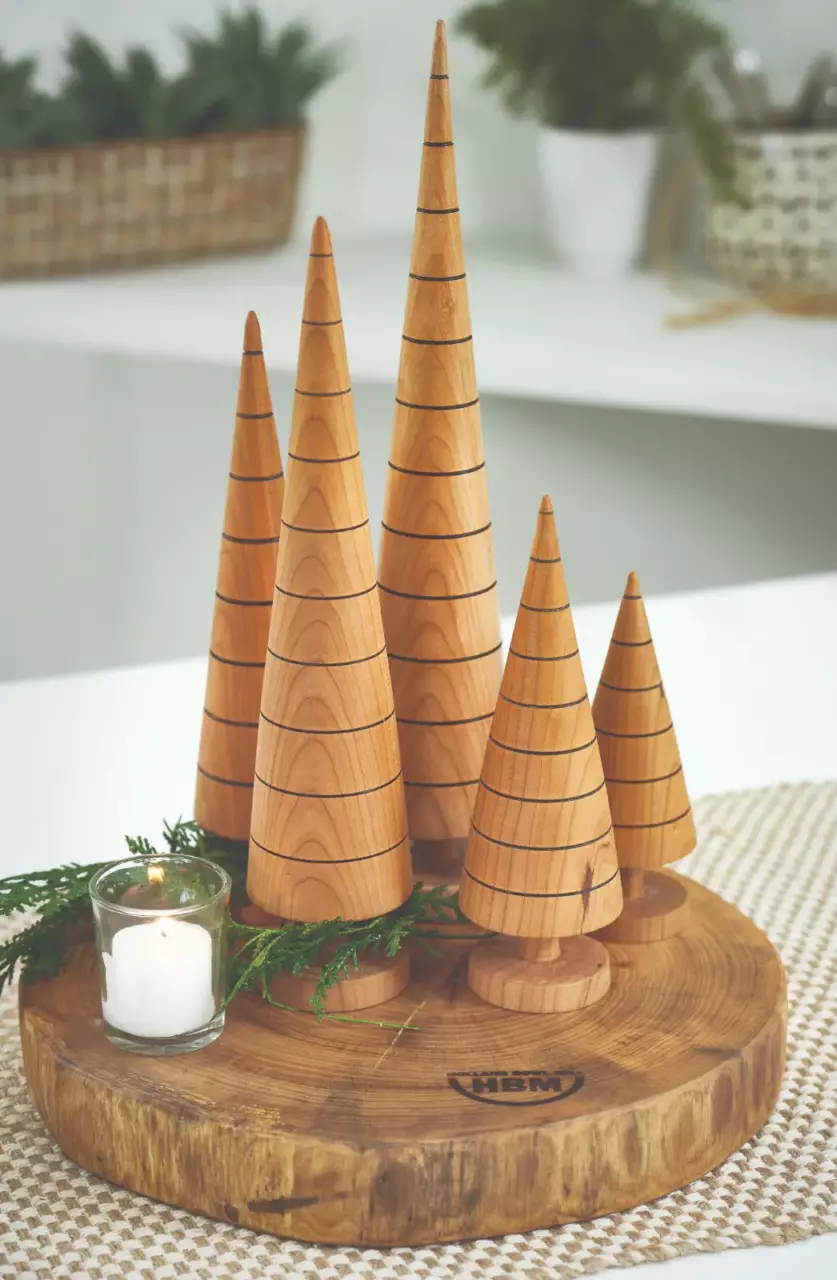
When it comes to cooking and serving, wooden kitchenware can be a charming and eco-friendly choice. However, ensuring food safety with handmade wooden utensils and cutting boards is crucial.
You may be wondering about the best practices for using and maintaining these items to keep your meals safe from potential contaminants. Let’s explore the key factors that contribute to the safety of wooden kitchenware and how you can confidently incorporate them into your culinary routine.
Choosing kitchenware made from food-safe wood is essential for ensuring the health and safety of your family and guests. Wood toxicity is a critical factor to consider when selecting kitchenware, as some types of wood contain natural toxins that can leach into food. Food contact safety regulations are in place to prevent harmful substances from contaminating food, and it’s important to ensure that the wooden kitchenware you use complies with these standards.
When it comes to wood toxicity, certain types of wood, such as oak, cedar, and pine, can release compounds that are harmful when in contact with food. These compounds can affect the flavor and safety of the food and pose health risks. Food-safe wood, on the other hand, is carefully selected to ensure that it doesn’t contain any harmful chemicals or toxins that could transfer to the food during preparation or serving.
To guarantee food contact safety, it’s crucial to choose kitchenware that has been specifically designed and treated for use with food. Look for wooden utensils and serving dishes that have been finished with food-safe oils or sealants to create a protective barrier between the wood and the food. Additionally, make sure that the wood used in your kitchenware is non-toxic and suitable for prolonged food contact.
When considering the safety of your kitchenware and its potential impact on food, the type of wood used becomes a critical factor that can’t be overlooked. Wood selection is crucial in ensuring the safety and functionality of kitchenware. When choosing the right wood for kitchenware, consider the following:
Considering these factors in wood selection, sustainability, woodworking techniques, and finishes won’t only contribute to the safety of your kitchenware but also align with your desire to belong to a community of individuals who prioritize health, sustainability, and quality craftsmanship.
To maintain the integrity and hygiene of your wooden kitchenware, it’s essential to follow proper cleaning and maintenance procedures. When cleaning wooden kitchenware, always hand-wash it with mild dish soap and warm water. Avoid soaking wooden utensils and cutting boards, as prolonged exposure to water can cause warping and cracking. After washing, thoroughly dry the items with a clean towel and allow them to air dry completely before storing. It’s important to note that wooden kitchenware should never be cleaned in the dishwasher, as the high heat and moisture can damage the wood.
For cutting boards, periodically sanitize them by rubbing with a cut lemon or by applying a mixture of vinegar and water, then allowing it to sit for a few minutes before rinsing and drying. This will help to kill bacteria and neutralize odors. Additionally, consider using food-safe mineral oil to condition wooden kitchenware and prevent the wood from drying out or cracking. Apply a small amount of oil with a soft cloth and allow it to soak in overnight before wiping off any excess.
When it comes to storage, keep wooden kitchenware in a dry, well-ventilated area away from direct heat sources and sunlight. Store cutting boards upright to promote airflow and prevent moisture buildup. By following these cleaning techniques and storage methods, you can prolong the life of your handmade wooden kitchenware while ensuring food safety for you and your family.
After understanding the proper cleaning and maintenance procedures for your wooden kitchenware, it’s crucial to be aware of the potential risks associated with improper care and how to prevent them effectively. Ensuring food safety with handmade wooden kitchenware requires vigilance against potential contamination and adherence to best practices.
To ensure food safety with your handmade wooden kitchenware, carefully inspect the items for any signs of mold, mildew, or damage before and after each use. Proper care and maintenance of wooden kitchenware are crucial for ensuring food safety. One important aspect of proper care is the seasoning of wooden kitchenware. Proper seasoning helps to maintain the integrity of the wood and prevents the absorption of moisture and food particles, which can lead to bacterial growth. Additionally, the proper storage methods are essential to prevent contamination and ensure the longevity of your wooden kitchenware.
| Proper Seasoning | Storage Methods |
|---|---|
| Use food-grade mineral oil or beeswax to season wooden kitchenware. Apply a thin, even coat and allow it to penetrate the wood for several hours or overnight before wiping off any excess. Proper seasoning helps to create a protective barrier that prevents the wood from drying out and absorbing liquids and odors. | Store wooden kitchenware in a dry, well-ventilated area away from direct heat sources and sunlight. Avoid storing them in humid or damp environments, such as under the sink or near the dishwasher, as moisture can lead to mold and mildew growth. Additionally, store wooden kitchenware away from raw meat and fish to prevent cross-contamination. |
By following proper care and maintenance techniques, you can ensure that your handmade wooden kitchenware remains food-safe.
Choosing the right wood and regularly cleaning and maintaining your kitchenware is crucial in preventing potential risks and ensuring the safety of the food you prepare.
With attention to detail and proper care, you can enjoy the beauty and functionality of wooden kitchenware while keeping your food safe for consumption.
All Holland Bowl Mill bowls come with a lifetime guarantee. If your bowl ever cracks or warps from regular use, Holland Bowl Mill will replace it with a new one of similar size and finish. Never let water stand in a wood bowl for a long period of time and never clean wood bowls or any wood product in the dishwasher. Holland Bowl Mill recommends using water and a small amount of mild soap to clean your wood products, then hand dry.
No appointment needed if group is under 10.
For larger groups, call 616-396-6513 to schedule your tour.
© 2023 Holland Bowl Mill